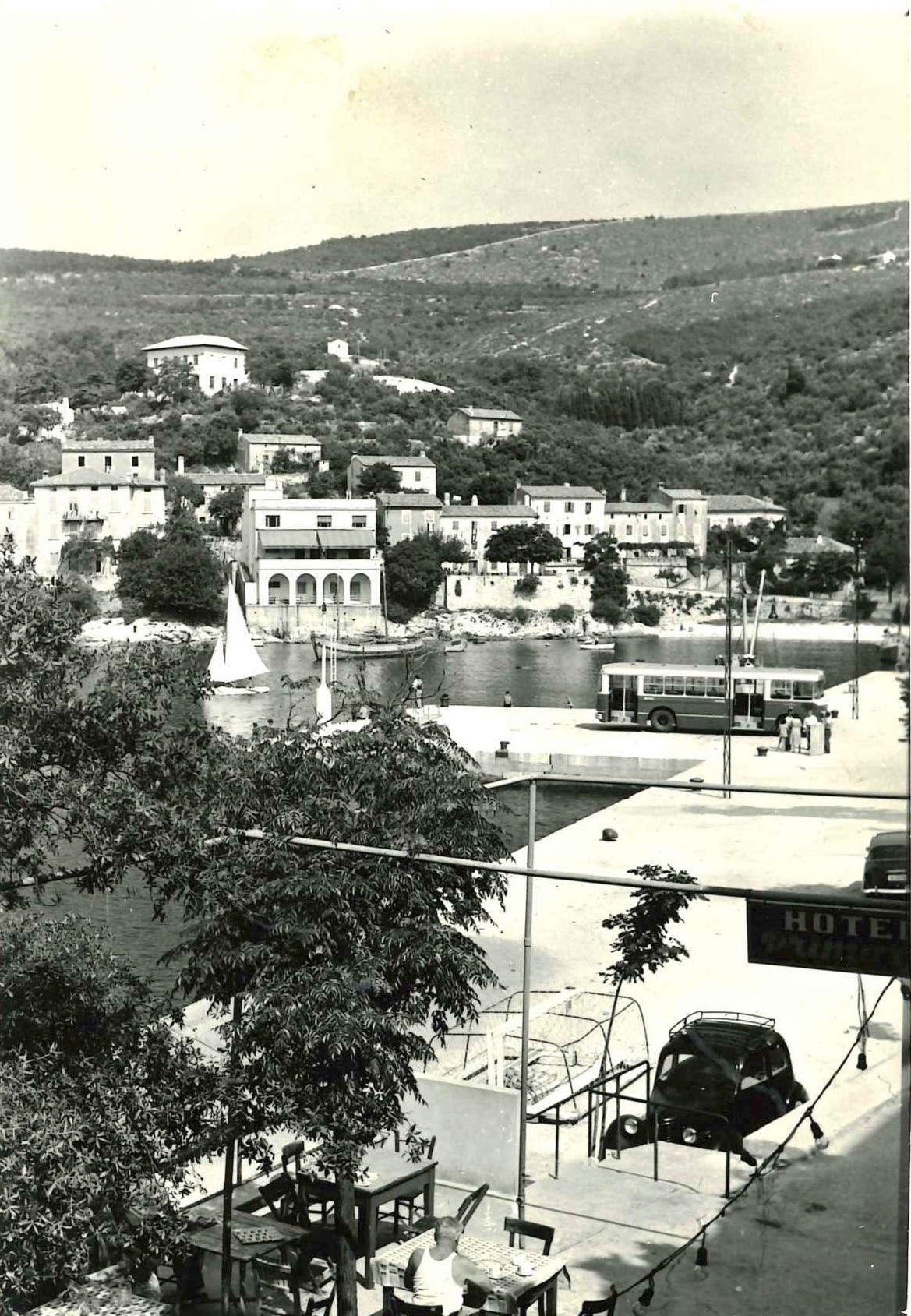Socialist Modernity Summer Galore
That is, if you fancy a trip to the 1950s through 1970s in Rabac in former Yugoslavia (present-day Croatia)
Below and in the next dedicated posting, I’ll provide you with a few postcards, but I shall add that they are all from the 1950s through 1970s, it would seem, which is explainable by Rabac’s history (via Wikipedia, slightly edited):
Rabac (Italian: Porto Albona) is a Croatian resort town on Kvarner Bay, just southeast of Labin, in Istria.
Up until the end of the 19th century, Rabac was a small fishing village. British explorer Richard Francis Burton visited the village in 1876 and mentioned it his book The Seaboard of Istria.
Long a small fishing port, Rabac has grown in the 1970s into a resort town with numerous villas and apartment buildings.
How small are we talking? The same source (Wikipedia) cites 290 inhabitants in 1953, rising to some 1,373 in 1991, with a slight decline thereafter (pop. 1,257 in 2021).
It’s a small place, but—and those among you who’ve been to the area know—Istria is among the older inhabited placed in Europe and boasts both an awesome landscape, spectacular archaeological sites (esp. Pula/Pola, which boasts one of the best preserved Roman arenas and served as the prime port of the Austro-Hungarian Navy) and has much to offer in terms of European cultural history, from the Rector’s Palace in Koper/Capodistria (a prime example of mediaeval secular gothic architecture) to the Danse Macabre in the Holy Trinity Church of Hrastovlje. Oh, lest I forget, it’s a good place to eat well, too.
And without much further ado, here goes part 1.
California Mediterranean Greetings
The above postcard serves as kind of “introduction”, or “thumbnail”, for this posting, but it is also a prime example of Socialist Modernity.
Before the advent of mass tourism, Rabac looked a bit different in the 1950s:
Note that the trope of “old man sitting at the seaside” is still quite common, although exceedingly rare in summer these days due to masses of tourists.
The old town would be in the top-right corner of this image, with the main attraction—the sunny beach and the more recent development-to-come taking to the centre (see also the image below).
Colourful Images from around 1970
Fast-forward a few years, and the below image shows, albeit taken from approx. the opposite point-of-view, how much has changed: note, in particular, the white hotel complexes that were built in the bay shown in the above postcard.
Finally, to return to the trope of the “old man at the seaside”, note the red roof in the lower central part of the postcard: this is approx. where the above—and below—images were taken.
Stay tuned for a second instalment before too long!









I've only been to a couple places in Croatia, and never to Rabac. These pics are great. Have to say, if tourism in Dubrovnik is any indication of how tourism by the sea has grown, it must be crazy in the summer now. Probably hard to find 'the old man' now! I wasn't actually in Croatia as a real tourist; there for a conference. Tourist-watching in the city is quiet entertaining!